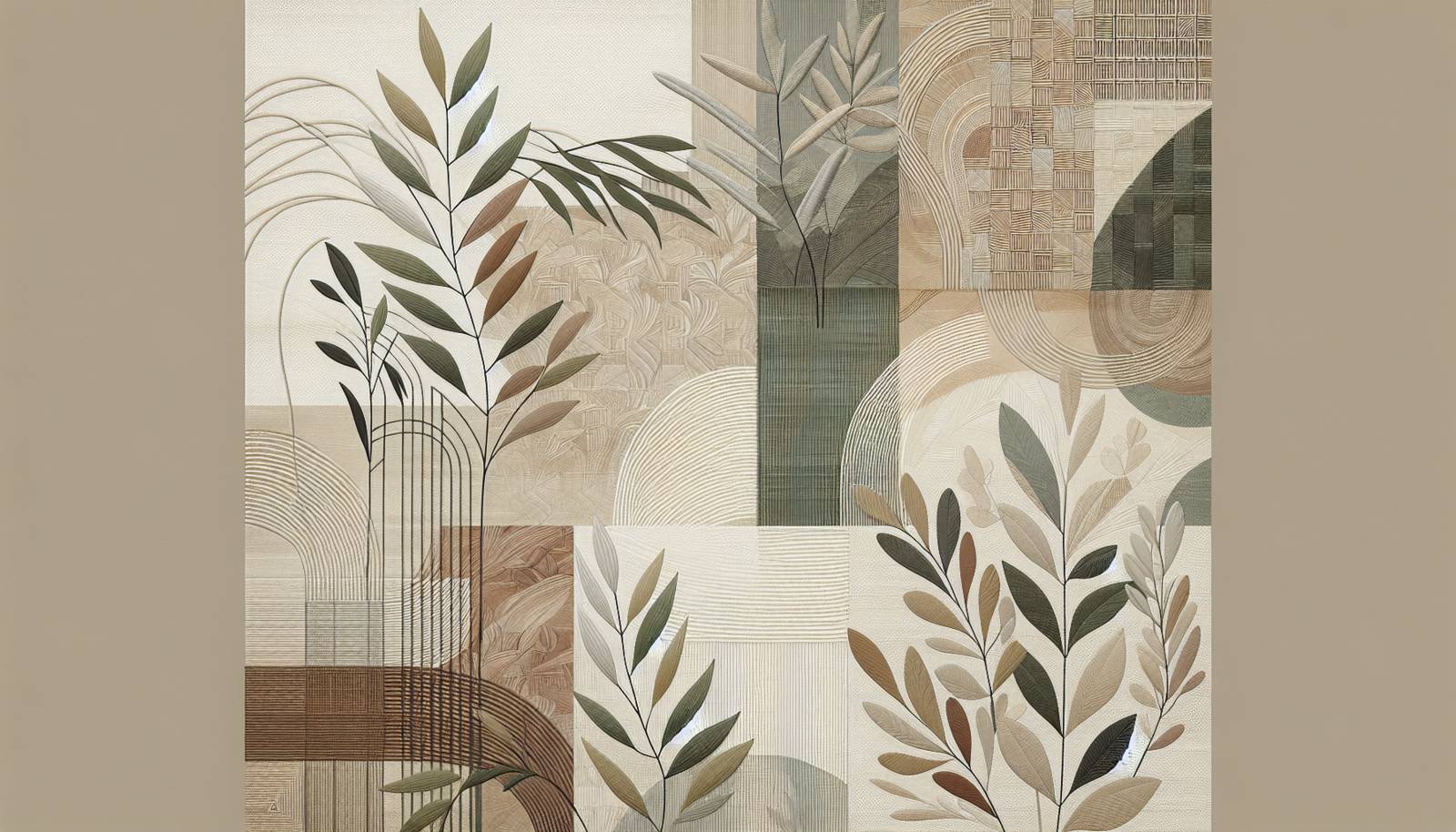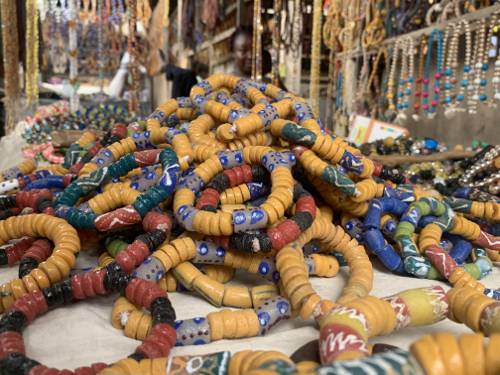
FAQ About The Influence of Traditional Craft on Sustainable Fashion

What is traditional craftsmanship in the context of fashion?
Traditional craftsmanship in fashion refers to the use of time-honored techniques and skills passed down through generations to create clothing and accessories. These methods often include hand-weaving, embroidery, dyeing, and sewing techniques that are specific to certain cultures and communities.

How does traditional craftsmanship benefit sustainable fashion?
Traditional craftsmanship supports sustainable fashion by promoting the use of natural materials, reducing reliance on machine-driven production, and emphasizing quality over quantity. These practices often lead to more durable products, decreasing waste and fostering a more environmentally friendly approach to fashion.

Why is cultural preservation important in sustainable fashion?
Cultural preservation in sustainable fashion is important because it helps maintain the unique traditions and knowledge of indigenous and local communities. By incorporating these elements into modern fashion, designers not only honor cultural heritage but also bring unique aesthetic value to their creations.

What are some examples of traditional crafts used in sustainable fashion?
Examples of traditional crafts used in sustainable fashion include Indian block printing, Japanese shibori dyeing, Peruvian hand-knitting, and African mud cloth techniques. Each of these methods brings a unique cultural perspective and has a lower environmental impact compared to mass production.

How do traditional craft methods reduce environmental impact?
Traditional craft methods often utilize manual processes that require less energy and avoid harmful industrial chemicals. They often make use of local, natural materials, which reduces transportation emissions. Additionally, these methods emphasize quality and durability, leading to less waste over time.

Can traditional craft in sustainable fashion support local economies?
Yes, incorporating traditional craft into sustainable fashion can support local economies by providing employment opportunities and promoting local artisans. It also encourages the fair trade of crafts, which helps ensure fair wages and ethical working conditions for artisans.

What role do fashion designers play in integrating traditional craft into sustainable fashion?
Fashion designers play a crucial role in integrating traditional craft into sustainable fashion by collaborating with artisans, sourcing sustainable materials, and innovating designs that highlight traditional techniques. This partnership can help revive and sustain ancient crafts while appealing to modern consumers.

How can consumers support sustainable fashion through traditional craftsmanship?
Consumers can support sustainable fashion by purchasing clothing that incorporates traditional craftsmanship, educating themselves about the origins and practices of the clothing they buy, and advocating for transparent supply chains. Supporting brands that prioritize artisan involvement helps keep these crafts alive.

Are there challenges in integrating traditional craftsmanship with modern fashion?
Yes, there are challenges such as balancing traditional methods with modern consumer demand, ensuring fair compensation for artisans, and protecting intellectual property rights of indigenous communities. Overcoming these challenges requires respectful collaboration and thoughtful business practices.

What is the impact of traditional crafts on fashion materials?
Traditional crafts often utilize natural and renewable materials, such as cotton, wool, silk, and plant-based dyes. These materials typically have a lower environmental footprint compared to synthetic alternatives, contributing to a more sustainable fashion industry.

How do traditional crafts promote the use of natural dyes in fashion?
Traditional crafts frequently employ natural dyes derived from plants, minerals, and other organic sources, which are less harmful to the environment and human health than synthetic dyes. This practice supports biodiversity and helps preserve ancient dyeing knowledge.

What is the significance of handmade clothing in sustainable fashion?
Handmade clothing is significant in sustainable fashion because it highlights the skills and craftsmanship of artisans, often resulting in higher quality and more unique garments. This approach reduces waste associated with mass production and promotes a slower, more thoughtful fashion cycle.

Can traditional crafting techniques be adapted for large-scale fashion production?
While traditional crafting techniques are typically suited for small-scale production, some aspects can be adapted for larger scales. Collaboration between artisans and designers, along with innovation in efficiency while maintaining craftsmanship quality, can help bridge the gap.

How does traditional craftsmanship influence modern fashion design?
Traditional craftsmanship influences modern fashion design by offering unique techniques, patterns, and materials that inspire designers. These influences can lead to innovative design solutions and create a fusion of cultural styles that appeal to conscious consumers.

What are some well-known fashion brands that incorporate traditional craftsmanship?
Brands like Stella McCartney, Patagonia, and Eileen Fisher are known for their commitment to sustainability and often incorporate traditional craftsmanship in their collections. These brands emphasize ethical production and celebrate artisan skills and heritage.

How does traditional craftsmanship contribute to the slow fashion movement?
Traditional craftsmanship aligns with the slow fashion movement by prioritizing quality over quantity, valuing the artisans' time and skills, and promoting mindful consumption. This approach encourages consumers to buy less but better, contributing to a sustainable and ethical fashion industry.

What are the educational opportunities for learning traditional craftsmanship in fashion?
There are various educational opportunities for learning traditional craftsmanship, including courses and workshops offered by cultural institutions, fashion schools, and local artisans. Online platforms also provide tutorials and guides for those interested in these skills.

What future trends can we expect in sustainable fashion involving traditional crafts?
Future trends in sustainable fashion with traditional crafts may include increased collaborations between designers and artisans, innovation in sustainable materials blending traditional techniques with modern technology, and more visibility for artisan communities as consumers become more interested in the stories behind their garments.

How can traditional crafts in fashion address issues of fast fashion?
Traditional crafts in fashion can combat fast fashion by offering an alternative that values artisanship, quality, and sustainability. Incorporating these crafts promotes slower production cycles, less waste, and a greater appreciation for clothing, moving away from the disposable nature of fast fashion.

Why are traditional crafts considered timeless in the fashion industry?
Traditional crafts are considered timeless because they are rooted in cultural heritage and have proven enduring aesthetic appeal. These crafts transcend trends by focusing on quality, craftsmanship, and cultural significance, making them ever-relevant in the evolving fashion landscape.
